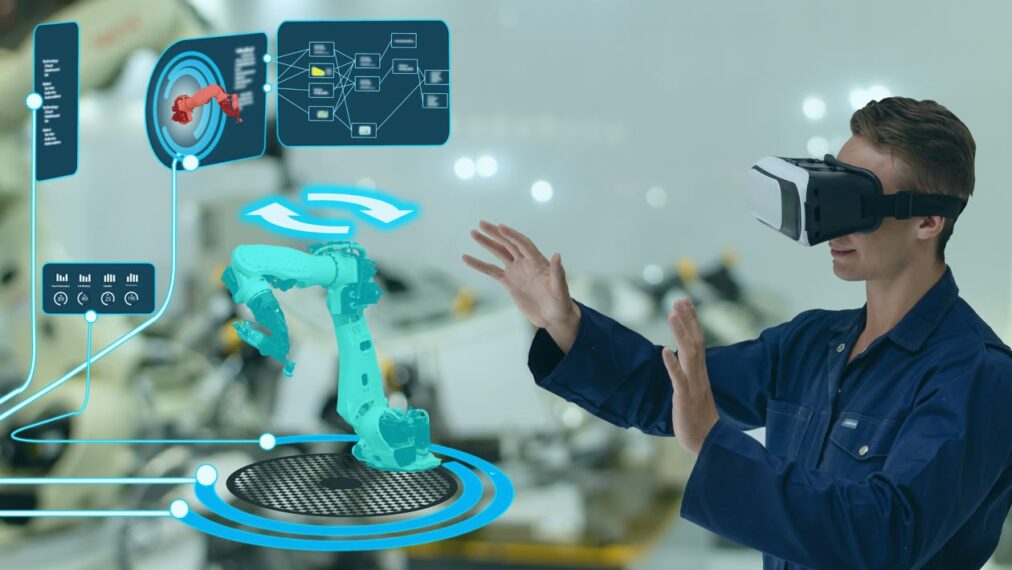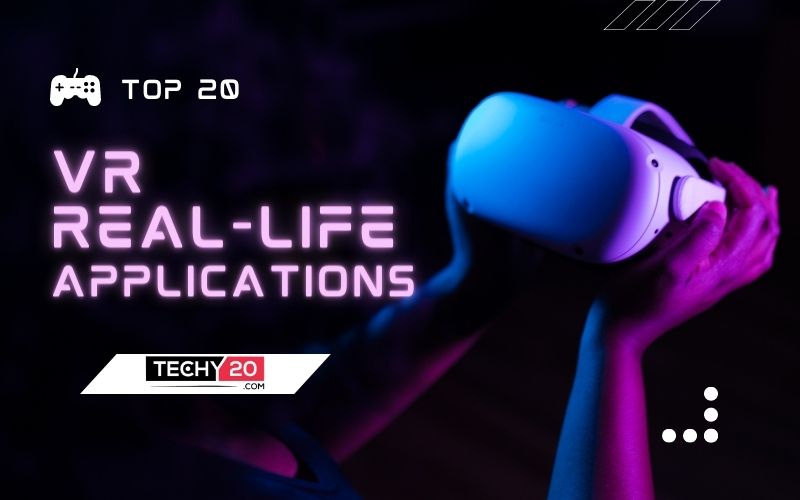Today, we can consider virtual reality as the technological advances with a significant growth-prospects. IDC Research (2018) predicts that funding in VR and AR will increase 21-fold over the next four years. Current research aims to creating visuals that correspond to what the naked eye can see, thereby elevating the experience. Pixels will most likely double, and resolution will improve further. The fixed focus depth is an important consideration for virtual reality companies. While current and possible future developments in virtual reality may go a long way toward providing a compelling and reasonable encounter with such things, there are certain circumstances that VR technology simply cannot and will not replace.
1. Education
The students were forced to study virtually due to the pandemic. While collaboration platforms like Zoom can help, they frequently fall short. Virtual reality can be of assistance. It has the potential to increase student engagement and focus. Victory XR has combined with ‘Engage’ to launch digital twin campuses, allowing students to learn from the world’s brightest minds in live, interactive classes. Other companies, such as Tech Row, provide students with the opportunity to go on a space mission to Pluto, explore Antarctica, and witness the wonders of Machu Picchu.

2. Healthcare
In healthcare, virtual reality has a significant impact. The FDA approved EaseVRx for prescription use in adults in November 2021. To help the reduction of chronic pain, the system employs cognitive behavioral therapy and other behavioral principles such as deep relaxation, attention-shifting, interoceptive awareness, and others. VR can help healthcare professionals better prepare for operating room procedures. Companies such as Osso VR allow surgeons to interact with medical devices in virtual reality and practice surgery on virtual bodies, increasing familiarity with new devices and proficiency in implanting them.

3. Mental Health
Virtual reality can also be used to treat mental health issues, with Virtual Reality Exposure Therapy being particularly effective in treating PTSD and anxiety. There are numerous other ways in to spend time in VR can be therapeutic. You can now meditate in virtual reality. With over 40 meditations, breath visualizations, and visual landscapes, TRIPP is paving the way for calmer minds in VR. The company assures a fitness solution for your inner self and are available for VR and AR.

4. Gaming
Virtual Reality (VR) and Augmented Reality (AR), which exist in some form today, are very likely to be the next big step forward in gaming technologies. A standard keyboard and mouse, game controllers, or motion capture methods may be used for VR gaming control. Treadmill floors or other similar methods may be used in more complex VR rooms to increase the user’s sense of freedom of movement and feelings of immersion within the virtual environment. Some popular VR games include Half-Life: Alyx, MineCraft VR, and No Man’s Sky.
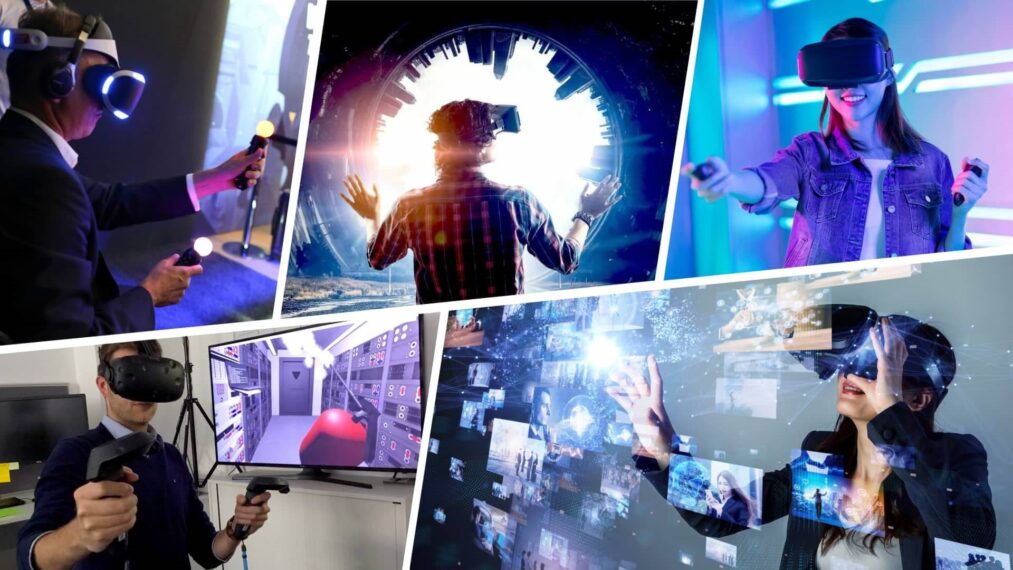
5. Entertainment
In the entertainment industry, VR is being used to enhance experiences with 360-degree films on YouTube and to increase the emotional connection with the characters or the film itself. Movies like The Jungle Book and Life of Pi give a great sense of VR’s capabilities. As companies like Flipside XR have demonstrated, it has the potential to revolutionize the way media content is created. Flipside offers real-time animation and motion capture, allowing creators to create interactive animated shows or live stream performances through VR or more traditional channels of YouTube.
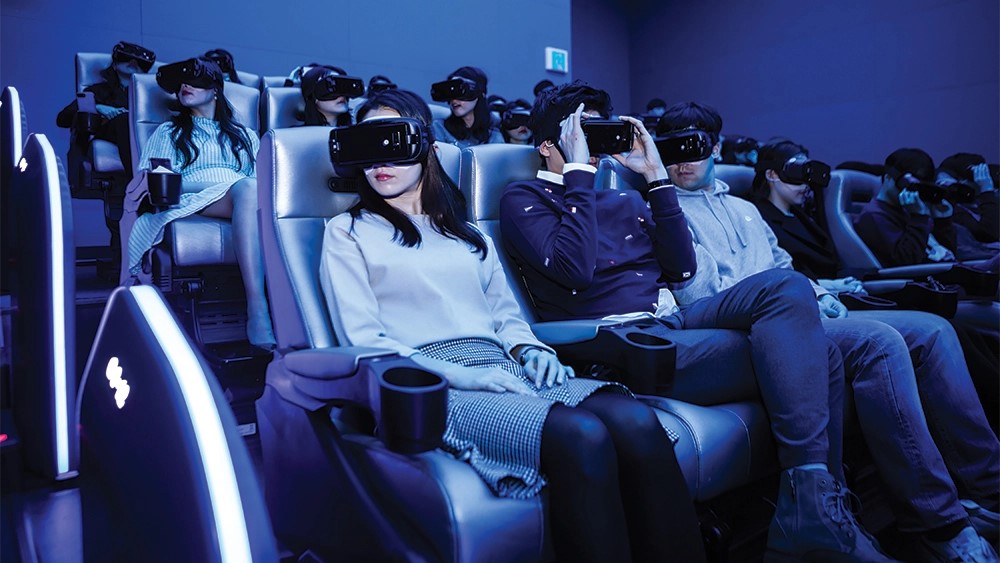
6. Shopping
We’ll be able to try on clothes in the virtual world and see how they’d look in person, thanks to VR retail experiences and body-scanning technology. Customers will know whether the item fits their shape and size before ordering, reducing the environmental cost of producing and shipping fast fashion. Several companies, including the European retailer ASOS, which invested in software development firm Trillenium, are attempting to bring us the VR shopping experience.

7. Tourism
In the post-Covid era, advancements in VR for tourism allow you to try out a vacation before purchasing it. In 2015, Thomas Cook launched their ‘Try Before You Fly’ VR experience, where potential holidaymakers could visit stores in various countries to experience the vacation in VR before booking it. As a result, after people tried the 5-minute version of the holiday in VR, there was a 190% increase in New York excursion bookings.
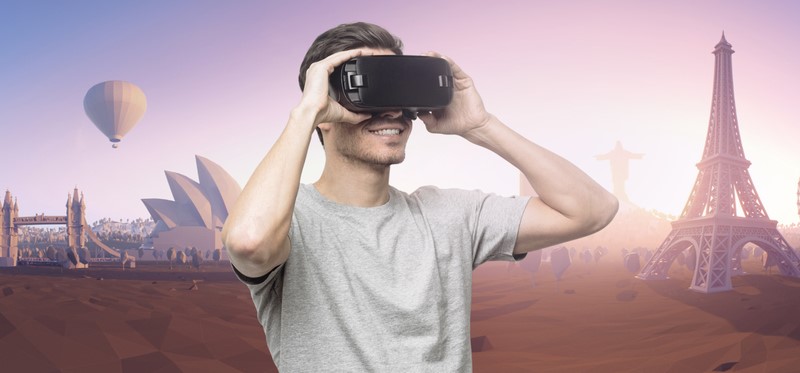
8. Relations
Virtual reality allows people from all over the world to meet in the same virtual space. People can visit virtual cinemas, restaurants, beaches, concerts, and other locations together in VR, also known as “the metaverse.” Several major players in the VR space, including Meta’s Horizon Worlds and AltspaceVR, are already developing social communities. Horizon Worlds not only allows people to explore virtual worlds together, but it also allows them to create immersive content, such as virtual reality spaces, for their friends and colleagues.
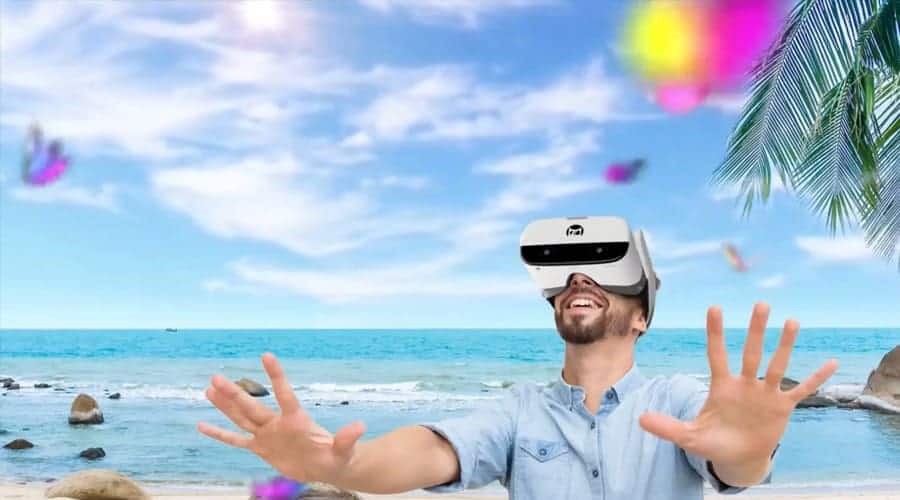
9. Hobbies
Virtual reality environments enable ordinary people to interact with exhibits, concerts, museums, and galleries in previously unknown or prohibited ways. Many real-life hobbies are now available in VR, and the immersive, social experience adds to their enjoyment and accessibility. If you enjoy cultural activities, you can visit museums such as London’s Natural History Museum, or you can play golf or football in VR. If you’re looking for a thrill, you can visit the VR Star Theme Park in Guizhou, China, which has over 40 VR rides.
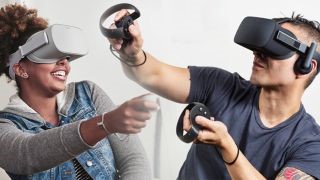
10. Sports
VR is a fantastic way to bring live sports events to people who cannot travel to the venue or cannot afford to purchase tickets to watch the games in person. The UEFA Champions League final was broadcast in 360-degree VR by BT Sport via YouTube and the BT VR app for free. Companies like Big Screen VR allow people to watch the Super Bowl together in virtual reality, and NBC announced that it would live stream the opening and closing ceremonies of the Beijing Olympics in virtual reality, as well as provide highlights from some of the events.
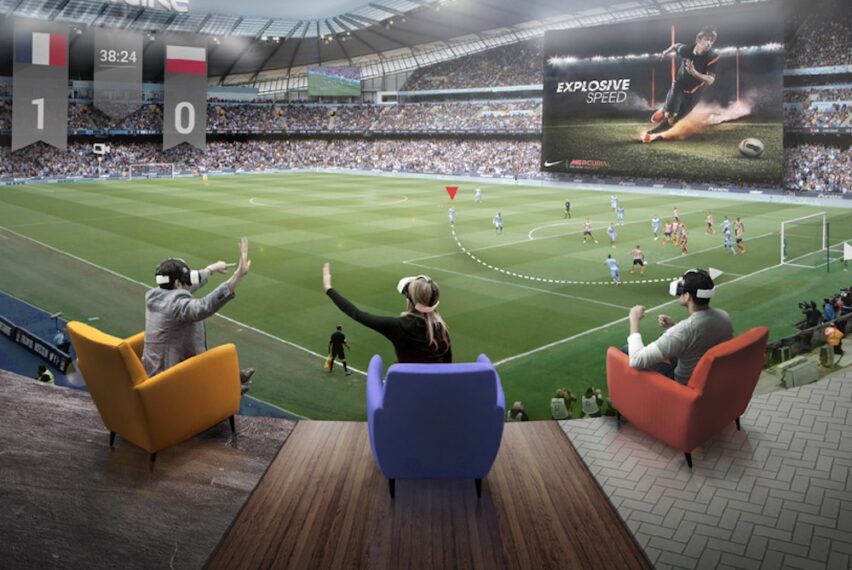
11. Fitness
Fitness apps are considered as the most accepted VR apps, allowing you to improve and socialize your at-home workout. Supernatural and Fit XR are two of the most well-known VR fitness apps. FitXR, for example, is an immersive fitness club that adds new daily classes, such as boxing, dance, and HIIT. You can even participate in live classes with your friends to make your workout more enjoyable and to simulate the social interaction of traditional gym classes.

12. Police Department
Police departments, like the military, are using augmented reality and virtual reality tools from companies like VirTra to train personnel in simulated scenarios complete with visual, auditory, and physical stimuli varying from sounds and unexplained noises to the recoil of a weapon. The technologies also allow police forces to escalate or de-escalate trainees’ simulated interactions with individuals inside virtual training environments, allowing students to practice making judgments and critical decisions under stress.
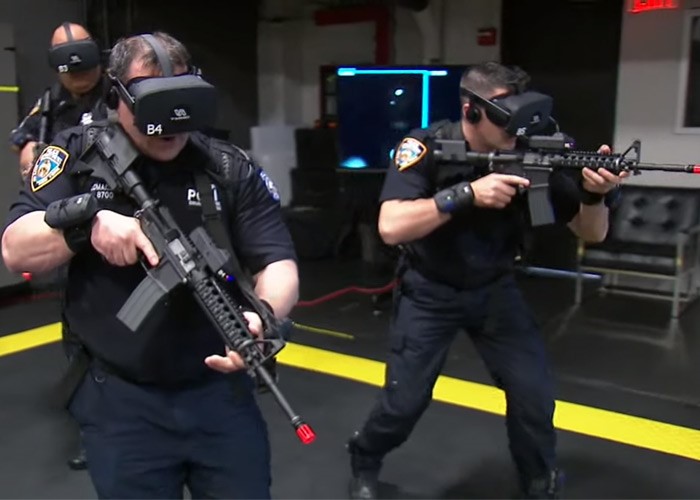
13. Architecture
Architecture VR is gradually altering how architects design and experiment with their work. VR allows you to see how a building or space will feel and how it will look. If someone wants to add an extension to their home, they can see what the space will look like before it’s built and make changes in real-time. This saves the consumer and engineer money and time while also increasing project satisfaction.

14. Advertisement
Because marketing is increasingly about how companies make their customers feel, utilizing the immersion of VR appears to be a natural extension. From Topshop giving fashionistas a front-row seat at London Fashion Week with a VR headset to Tom’s Shoes taking customers on a trip through Peru to show where each pair of shoes they donate goes, the enhanced sense of connection provided by VR is sure to make you remember and connect with these brands. Virtual campus tours are becoming increasingly popular in university marketing.
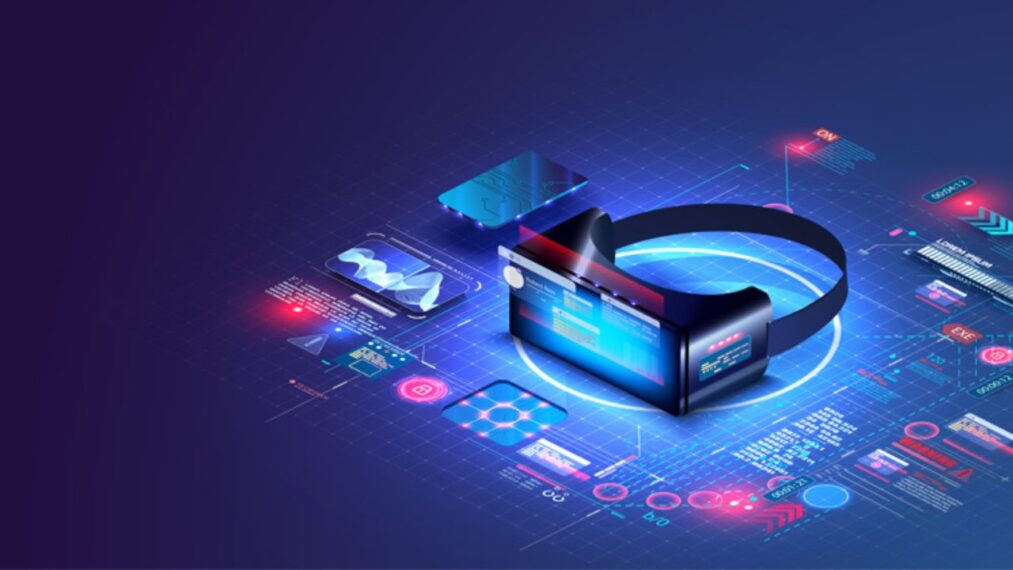
15. Events And Meetings
The pandemic increased the number of virtual reality events, conferences, and meetings. Platforms like Glue, Arthur, and Meeting Room enable you to hold collaborative, interactive meetings with colleagues from all over the world. You can put on your headphone in India and connect and collaborate with colleagues in America and Germany as if you were all in the same room. They help teleconferences or hybrid meetings become as equal as face-to-face conferences by using collaboration tools such as whiteboards and freehand 3D drawings.
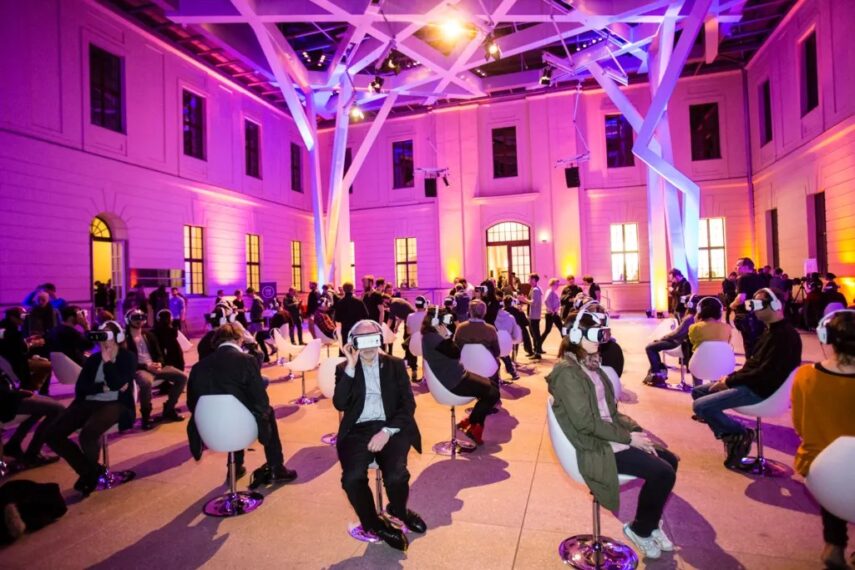
16. Real Estate
If you stay closer to your home to look at properties from the comfort of your current home-no estate agent appointments or weekend sacrifices required. Companies such as Matterport are paving the way for people to explore homes online and get a “feel” for the space, saving time looking around places that may be smaller, darker, or otherwise not what you expected. It allows you to spend your effort and time to view only the properties you are most likely to fall in love with in person.

17. Job Recruitment
Lloyds Banking Group was the first company in the United Kingdom to use virtual reality (VR) exercises to evaluate applicants for its 2017 intake. In the future, Virtual Reality could be used to understand significant job skills such as decision-making, for job interviews, or even to replace assessment days entirely by bringing candidates together in the metaverse. As Deutsche Bahn discovered, this saves both the employer and the potential employee time and money during the interview process, while also attracting higher-quality candidates.
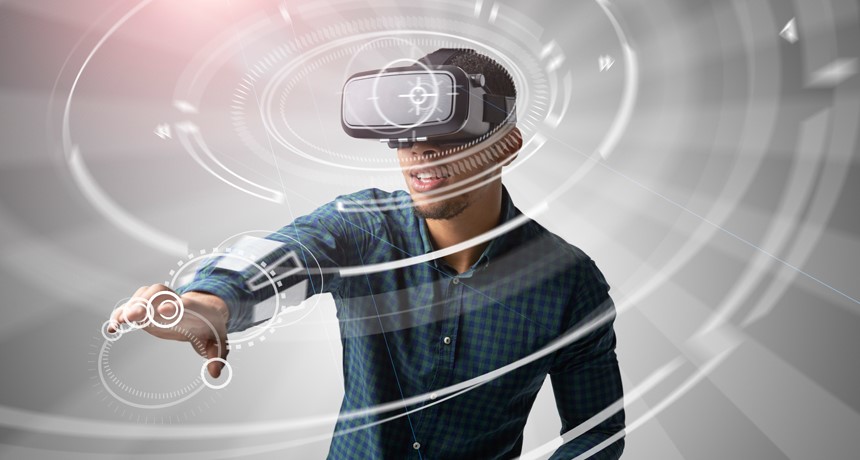
18. Interior Designing
In VR, your home’s structure isn’t the only thing getting a makeover. Immersive experiences can now be used to replicate the interior design. Companies such as Flipspaces are capitalizing on this by offering users 3D visualizations of the interior of their home or workspace, including everything from lighting to ventilation, color schemes, and the products themselves. Platforms like this one not only assist designers and homeowners in visualizing the look and feel of a home, but they also have the potential to drive direct sales for furniture companies like Ikea.
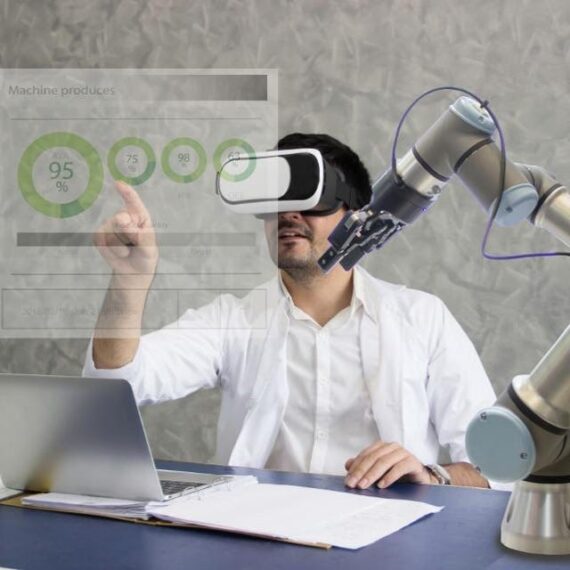
19. The Automobile Industry
Automobile engineers and designers can experiment with the design and build of a vehicle using virtual reality before commissioning costly prototypes. Companies like BMW and Jaguar Land Rover (JLR) have been using VR for years to conduct early design and engineering reviews to check the visual design and object obscuration of the vehicle-all before any money is spent on physically manufacturing the parts. VR is saving the automotive industry millions of dollars by reducing the number of prototypes built per vehicle line.
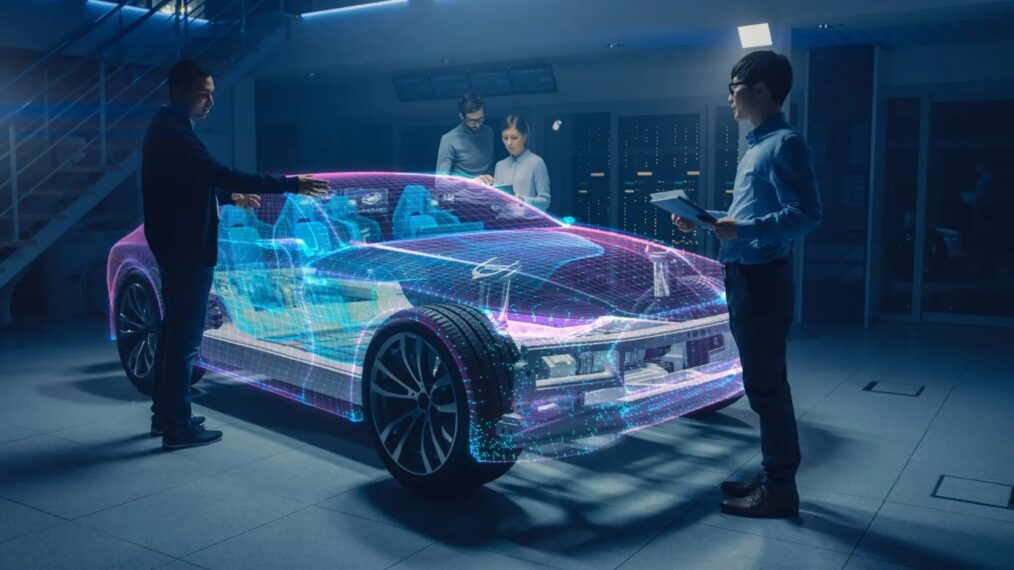
20. Training Industry
With corporates like Bank of America documenting 10,000 headphones and Walmart presenting VR training to its 1 million employees, the training industry has begun to embrace the opportunities that VR learning brings. They can learn through online, in an easy environment with VR; it is consistent, affordable, and scalable. VirtualSpeech offers virtual reality training in soft skills like public speaking, active listening, and sales. They combine e-learning with practice in virtual reality and online simulations, allowing students to gain confidence and skills in virtual reality environments ranging from meeting rooms to auditoriums.
